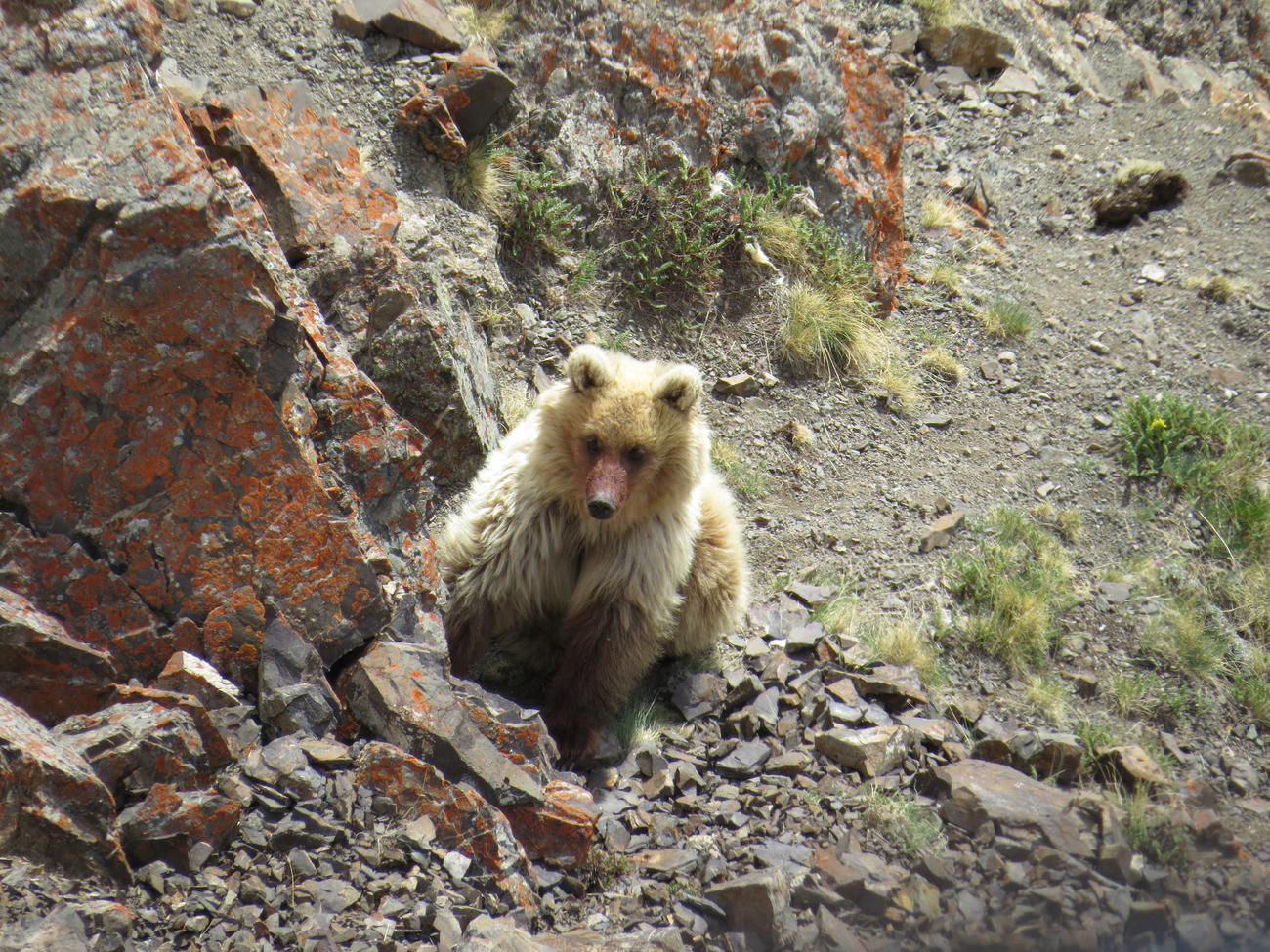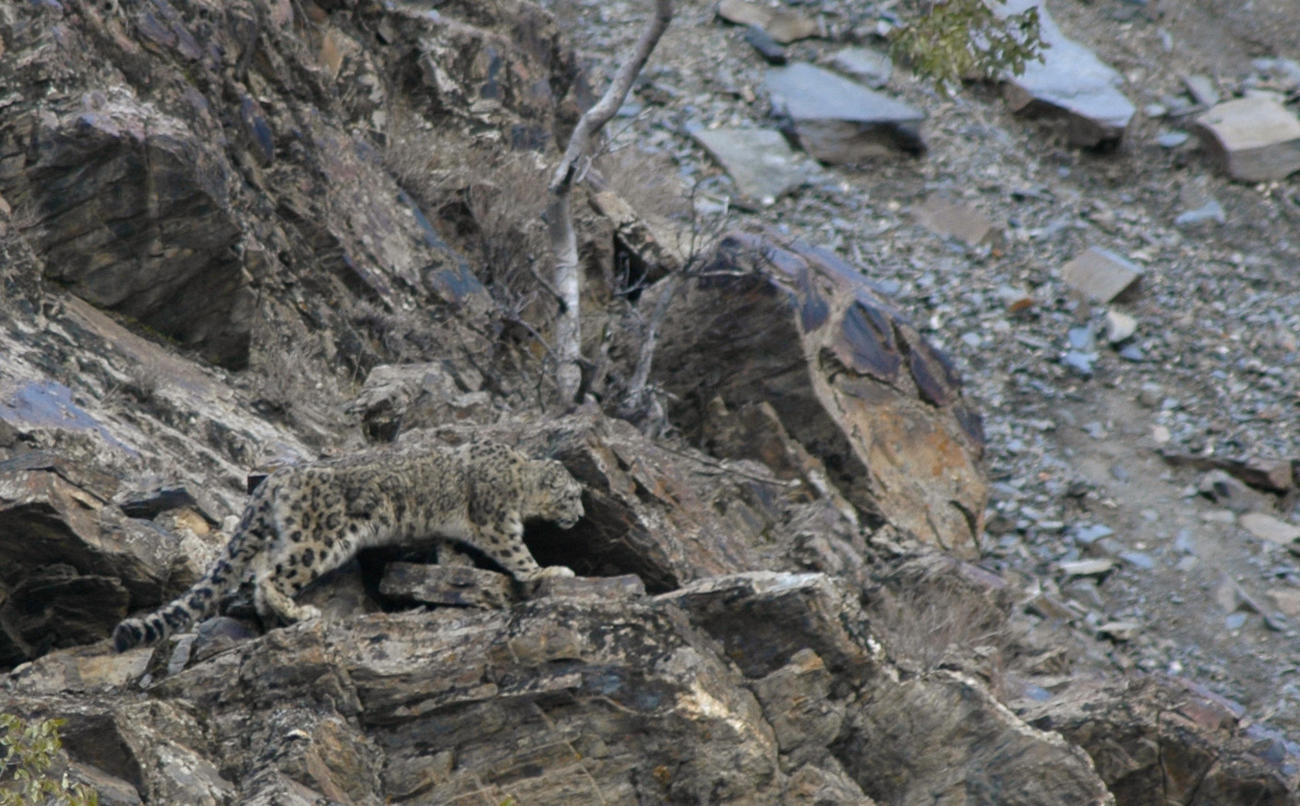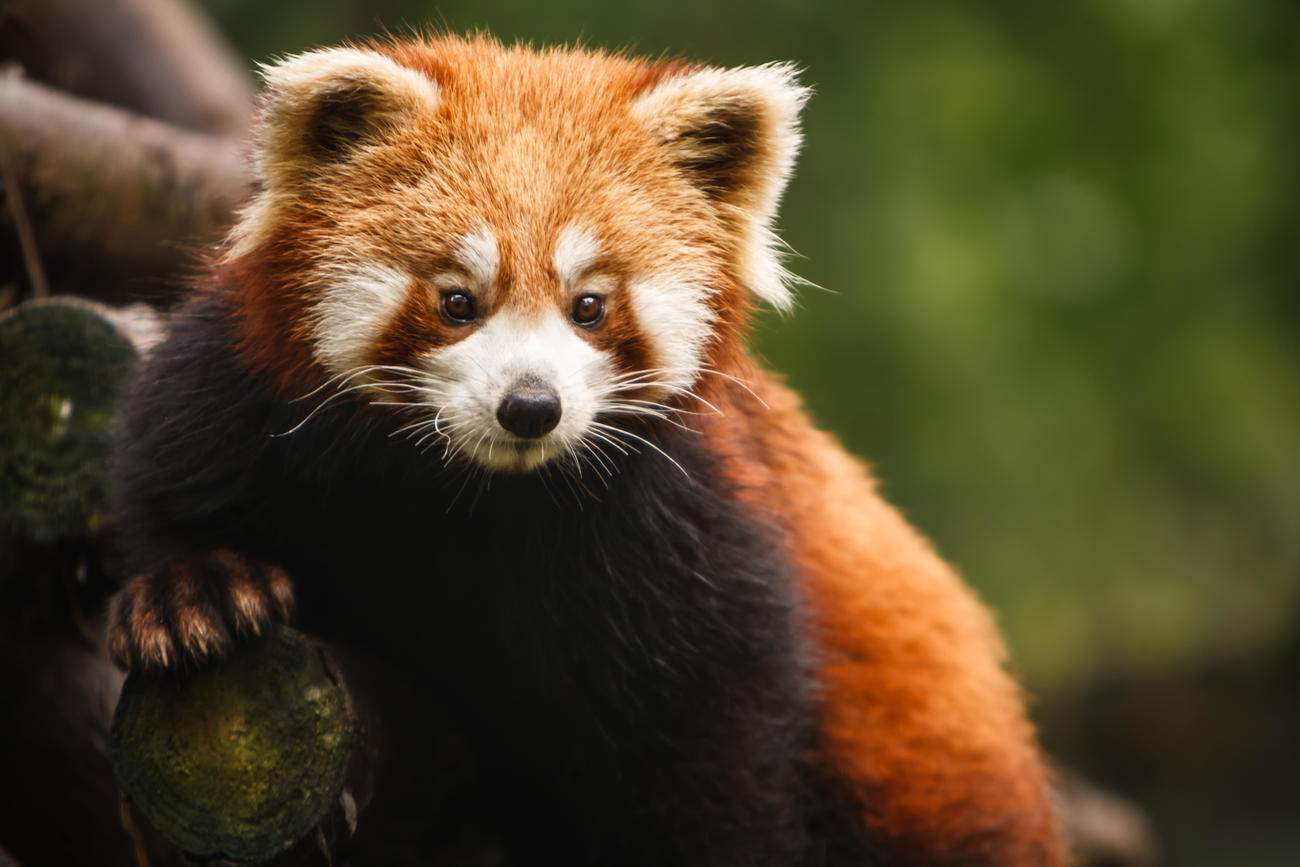Once in a lifetime opportunities come but once-in-a-lifetime, usually, unless you’re incredibly lucky. Or perhaps if you’ve dedicated your life’s work to revolve around these opportunities.
Take Will Burrard-Lucas, for example, who recently made the news for his photos of the elusive black leopard he shot in Kenya. It was something he had dreamed about for years.
While black leopards are generally considered rare, they’re more commonly found in Asia but there had been a few unconfirmed sightings in Africa.
Burrard-Lucas’ photos proved, beyond doubt, that black leopards are indeed living in Africa, the last confirmed sighting on record being in Ethiopia in 1909.
Here at Wild Frontiers, this got us a little excited because the photos of this beautiful big-cat were taken in Laikipia Wilderness Camp, which is a camp we often use on some of our Kenya tours. Inevitably, we ended up discussing our rarest animal sightings, so here are some of our team’s once-in-a-lifetime animal encounters:
Sailugem Bear – Russia

In June last year, our Product Manager, Anna had a rare-animal experience up in the Altai mountains with a bear so rare it was thought to be mythological.
The blonde Sailugem bear, native to Sailugem National Park which is located at the point where Russia, Mongolia, China and Kyrgyzstan connect, was considered extinct. Understandably so since it hasn’t been seen in over 60 years. Anna takes up their story:
We were looking out for wildlife around us when from a distance we saw what looked like a mountain sheep – all we could see was a mass of blonde white fur. As we got closer we realised it was much bigger and was some kind of bear. Our guides had heard stories of the supposed Saylyugem Bear but until now there had just been one or two local sightings. When we realised this was the rare bear we were literally running down the cliffs to get a closer look, and the guides themselves were in disbelief.
The jury is still out as to whether this is a subspecies of brown bear, just a brown bear with a lighter coloured coat or another species altogether. Until DNA testing can be carried out, it’s impossible to know for sure. But considering it’s been this long before speculation has started up with such furore, it’s still an exciting discovery and could lead to more research in the area.
Perhaps you could be the one to snap some photos, from a safe distance, that’ll help determine the mystery of the blonde bear by embarking on our Altai Mountains Adventure and dispel that myth once and for all.
Snow Leopard – Pakistan

With an estimated population of between 4,000 and 6,590 left, the Snow Leopard is considered a vulnerable animal due to the twin threat of climate leading to a loss of habitat, and poaching and hunting by local farmers in retaliation for attacks on their livestock. Snow leopards are often driven to kill livestock because their own food resources are decreasing due to habitat loss and, you guessed it, poaching. It’s a vicious cycle which conservationists are desperately trying to break.
On our Under a Pagan Moon Pakistan tour, our founder Jonny and a group of clients were blessed to spot this beautiful creature slinking through the rocky terrain of the mountain. It’s markings almost expertly camouflaged it amongst the greyish backdrop but there it was, generously honouring Jonny and the group with its presence.
Our Pakistan tours are always one-of-a-kind and what WF is best known for, with the snow leopard sightings merely an added bonus. Check out our Pakistan tours if you want to seek this elusive cat yourself.
Tiger – Bangladesh

The iconic tiger, despite its endangered status, is probably the only animal on this list that a lot of people can claim to have seen in the fur. Many zoos or conservation centres across the world are protecting this beautiful animal, so it’s not a rare sighting per se. But in the wild, only 3,900 tigers remain and according to the WWF, this means more than a 95% drop since the beginning of the 20th century.
Recently, on our tour to Bangladesh, one of our clients was fortunate enough to not only see a tiger in Sundarbans National Park but she managed to snap a photo too!
Perhaps this does, in some way, indicate that the decline in tiger numbers has certainly slowed down, but that’s not good enough. It’ll take much more work to see the tiger to safety and WWF are hoping to double the number of tigers in the wild by 2022, which is (by no coincidence, I’m sure) the Chinese year of the tiger.
Could you think of a better way to ring in such an occasion? I think not.
Our Founder Jonny was also lucky enough to see some tigers on the Indian side of the Sundarbans. Check out the video HERE.
For your chance to see the awe-inspiring tiger, we have several Bangladesh tours which, paired with a bit of luck, might just help you to hedge your bets of viewing one of these magnificent beasts where they truly belong: free, and safe, in the wild.
Red Pandas – Nepal

Red pandas are a vulnerable and endangered species. There are less than 10,000 individuals left in the wild due to deforestation, getting caught in traps and poaching. They can be found in China, Myanmar and Bhutan, but fifty per cent of their habitat is in the Eastern Himalayas.
After setting up a Tailor-Made booking that included a trip to a quaint little home-stay, Habre’s Nest, which is situated on the Indian-Nepalese border, we had no idea that our clients would be lucky enough to see the elusive red-pandas that the Singalila National Park is home to. Despite being the best place to view these adorable little guys in the world, they are incredibly rare, and the park is home to only 32 of them.
This is what our clients had to say about their experience:
A late booking, but WF were able to put together a trip around a wedding in Kolkata, starting with Habre’s Nest on Singalila Ridge, via Sikkim, train to Kolkata, then after the wedding a few days relaxing in Kerala, in Kochi, the Backwaters and Allepey. The highlight has to be the sighting a very rare red panda at Habre’s!
If you fancy a glimpse of these impossibly cute little tree-dwellers, enquire with our team about tailor-made Nepal tours to Habre’s Nest.
Irrawaddy Dolphins - Cambodia & Laos

With an estimated 92 individuals left in the wild, the Mekong River Irrawaddy Dolphin is classified as an endangered species, with numbers dwindling primarily because they tend to accidentally become entwined in fishing gear. Locals revere these animals, believing them to be reincarnated ancestors, so whereas in the past dolphins faced being hunted for their meat, more recently their numbers have declined for environmental reasons.
In the dry season, the Irrawaddy dolphin’s habitat decreases which can affect its migration routes. An increase in hydropower-dams, pollutants in the water due to increased human populations and tourism all negatively affect dolphin numbers. Though, steadily and with great effort, those numbers are back on the rise.
Our US Director Andrea, and Travel Consultant Tara have both witnessed the majestic dolphins in their natural habitat on a few occasions, in both Cambodia and Laos.
You can spot these shy, round-headed cetaceans on our Cambodia or Laos tours, just keep hopeful and make sure you’re not so loud as to scare them off.
Eastern Lowland Gorillas – Democratic Republic of Congo

In the last 30 years, numbers of Eastern Lowland Gorillas have dropped over 50%. Civil unrest in the Democratic Republic of Congo, loss of habitat and poaching have devastated these magnificent beasts.
Roughly 250 gorillas reside in Kahuzi-Biega National Park and initiatives like the Pole Pole foundation, with whom we work closely, go to great efforts to protect this species. A huge part of their work involves educating locals on the importance of conservation and arranging for them to visit the gorillas in what is normally an expensive luxury only for tourists. Many locals haven’t seen these creatures despite their proximity and visiting them brings home the importance of conservation.
Our Gorilla’s in Africa’s Midst tour does specifically cater to seeing these great apes and thanks to the expert guides and the efforts of the Pole Pole Foundation, it is almost guaranteed that you’ll be able to get up close to these critically endangered animals. Considering their population's fragility, it’s a privilege to see and learn about this species.
As two of our clients would tell you. Howard and Hazel Darbon were so thrilled with their tour, that they wrote their own blog for us, Wild Things – Gorillas in Africa’s Midst. And our Founder Jonny paired up with Kate Humble to make a short film about their gorilla trek, which can be viewed HERE.
They described: It was such a privilege to share these intimate moments with the gorillas, and when Chimanuka decided he had spent long enough with us and exited casually, the remainder of his group dutifully followed to bring to a conclusion one of the most amazing experiences ever.
